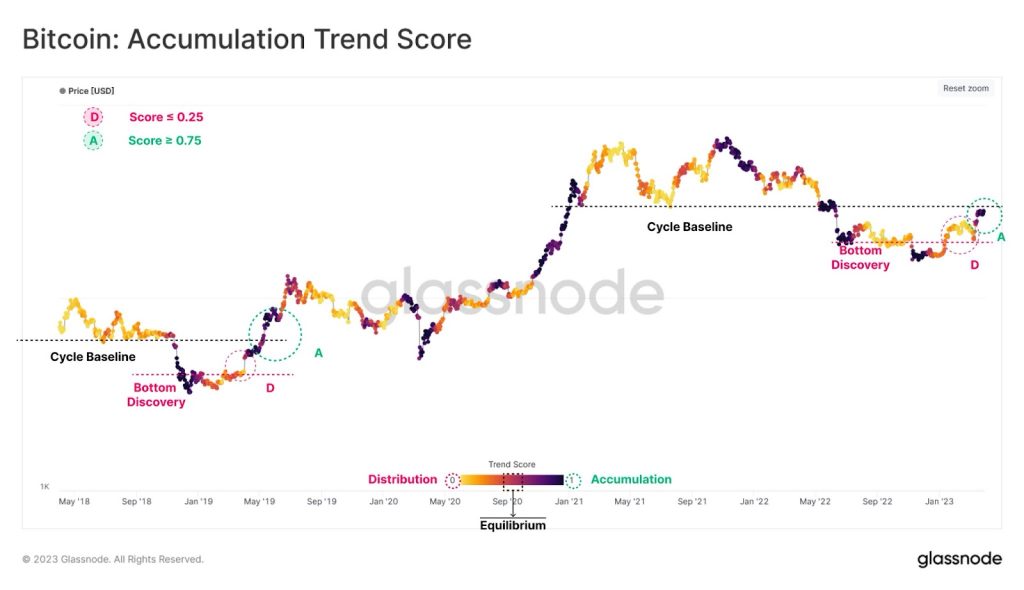Cryptocurrency Market Sees Volatile Week: A Deep Dive into Recent Trends
The cryptocurrency market experienced a tumultuous week, marked by dramatic price swings and significant market movements. As digital currencies continue to gain traction among investors, understanding the underlying factors driving this volatility becomes essential. This week’s fluctuations not only reflect the inherent risks of cryptocurrency trading but also underscore its increasing correlation with traditional financial markets.
Bitcoin (BTC), often regarded as the flagship cryptocurrency, demonstrated notable volatility, dipping below $50,000 at one point before recovering slightly. By the end of the week, BTC had managed to close up 0.9% from the previous week, showcasing a resilience that many investors find encouraging amidst uncertainty. Ethereum (ETH), another major player in the crypto space, mirrored this trend with its price fluctuating around $2,670, indicating a complex interplay between market sentiment and broader economic indicators.
This week’s market dynamics were heavily influenced by macroeconomic factors that also affected U.S. equities. The cryptocurrency market saw a staggering $367 billion wiped off its total value during a turbulent trading period. However, it rebounded impressively, surpassing a market capitalization of $2.1 trillion as positive sentiment returned following better-than-expected U.S. jobless claims data. This correlation between cryptocurrencies and traditional stocks highlights an evolving landscape where digital assets are increasingly viewed through the same lens as conventional investments.
Market analysts have noted that such volatility is not uncommon in the crypto realm. For instance, Bitcoin has historically demonstrated dramatic price swings; it has experienced multiple corrections exceeding 50% since its inception. These fluctuations can often be attributed to speculative trading, regulatory news, and macroeconomic shifts that ripple through investor sentiment.
The recent volatility can also be linked to geopolitical tensions and monetary policy changes globally. As traders react to news from various sectors—be it political developments or economic forecasts—the crypto market often mirrors these sentiments in real-time. For example, rising fears of recession and inflation have led to increased caution among investors, prompting them to reassess their positions in both cryptocurrencies and traditional equities.
During this volatile week, Bitcoin reached an intraday high of nearly $63,000 before retreating again—a pattern that reflects the unpredictable nature of crypto trading. The liquidation of over $100 million in short bets on Bitcoin within a 24-hour period provided additional momentum for its upward trajectory but did not fully offset earlier losses. This illustrates how quickly market sentiment can shift based on new information or changes in investor behavior.
Moreover, analysts are closely monitoring upcoming events that could further influence market dynamics. The impending U.S. Federal Reserve meeting looms large on the horizon as traders speculate about potential interest rate cuts that could impact liquidity across financial markets. With a split outlook on whether a 50 basis point or a 25 basis point cut will occur, uncertainty prevails among investors trying to gauge how these decisions will affect their portfolios.
The interplay between cryptocurrencies and traditional markets raises questions about the future of digital assets as investment vehicles. While some view cryptocurrencies as a hedge against inflation and economic instability, recent trends suggest they are becoming increasingly intertwined with conventional financial systems. As institutional interest in cryptocurrencies grows, their behavior may increasingly reflect broader economic conditions rather than operating independently as they once did.
In light of this week’s events, investors must remain vigilant and informed about both micro and macroeconomic factors influencing the crypto landscape. The emergence of patterns such as “death crosses”—where shorter-term moving averages dip below longer-term averages—signals potential bearish trends that traders should heed when making investment decisions.
As we look ahead, the cryptocurrency market’s trajectory remains uncertain yet intriguing. Observers expect that clarity around geopolitical tensions and economic policies will play a crucial role in determining whether this week’s volatility leads to further gains or setbacks in the coming weeks. The ongoing dialogue about regulation will also shape investor confidence as governments worldwide grapple with how best to manage this burgeoning asset class.
In conclusion, while this week has been marked by significant volatility within the cryptocurrency market, it serves as a reminder of both the risks and opportunities present in digital asset trading. As investors navigate these choppy waters, staying informed about global economic trends and market indicators will be essential for making sound investment choices in an ever-evolving landscape.


